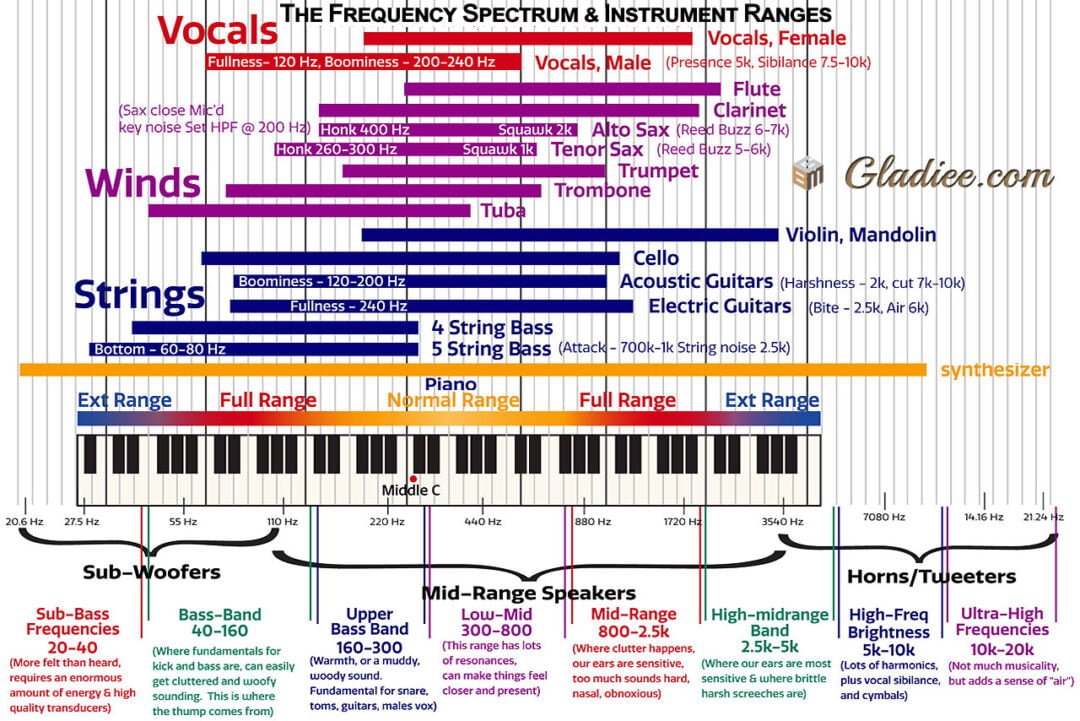SONG CONGRUENCY
It is important that a song be “congruent”. It simply means that all of the facets of a song must fit together. For example, a cheerful, encouraging song will probably not be in a minor key. Sad songs are seldom in major keys. A funeral song will probably not by played at 180 beats a minute, and it’s probably not a good idea to make a song honoring your congressman to be performed on the kazoo. If you write lyrics, these, too, must fit the overall feel of the song. A congruent song is one in which the facets (purpose, key, tempo, accompaniment, instrumentation, and [if there are lyrics] lyrics) fit together, making the song cohesive. In the context of music or a song, congruency refers to the alignment and harmony between various elements of the composition. When a piece of music is congruent, its melody, harmony, rhythm, lyrics, and instrumentation work together seamlessly to create a unified and coherent whole. Congruency in music can be broken down into several aspects:
1. Melodic Congruency: This occurs when the melody flows naturally and fits well with the underlying harmonic structure. The notes of the melody complement the chords and do not clash, creating a pleasing auditory experience.
2. Rhythmic Congruency: This is achieved when the rhythm of the melody, accompaniment, and any percussive elements are in sync. The timing and pacing of different parts of the song should feel natural and consistent, without any jarring interruptions or mismatched beats.
3. Harmonic Congruency: This involves the chords and harmonic progressions fitting well with the melody and each other. The transitions between chords should be smooth, and the harmony should support and enhance the melodic line.
4. Lyrical Congruency: This refers to the alignment between the lyrics and the music. The mood and meaning of the lyrics should match the emotional tone of the music. For example, happy and uplifting lyrics are congruent with a major key and an upbeat tempo, while somber lyrics align better with minor keys and slower tempos.
5. Instrumental Congruency: This occurs when the choice of instruments and their arrangements complement each other. Each instrument should contribute to the overall texture without overshadowing the others, creating a balanced and cohesive sound.
6. Emotional Congruency: This is when the overall emotional tone of the song is consistent. The music, lyrics, and performance should all convey the same emotional message, whether it’s joy, sadness, excitement, or any other feeling.
7. Production Congruency: In recorded music, congruency also involves the production quality. The mixing and mastering processes should ensure that all elements of the song are balanced and polished, creating a professional and cohesive final product.


